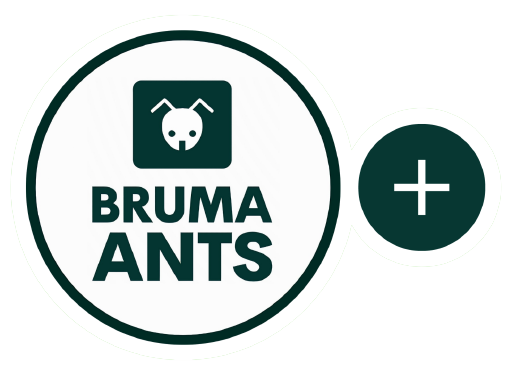Ytong nest? Acrylic nest? Which is the better option? Which one should I buy for my ant colony?
In this article we’re gonna talk about two of the most popular types of ant nests, trying to understand the differences and the similarities between them, and find out which one is the better option for your specific ant species!
Let’s get right into it!
Introduction
When it comes to choosing the right nest for your ants, there are a few key main factors to consider. The most important one is, as you can imagine, the species that you wanna house.
Every species of ant has its own peculiar characteristics, such as unique behaviors, physical traits, and of course the type of environment they prefer to live in.
Two of the most popular nest alternatives are Ytong and acrylic nests. But what are the differences? Which is better? To find the answer to these important questions, we first need to describe the two nest types.
Let’s start with the first type!
Ytong Nests
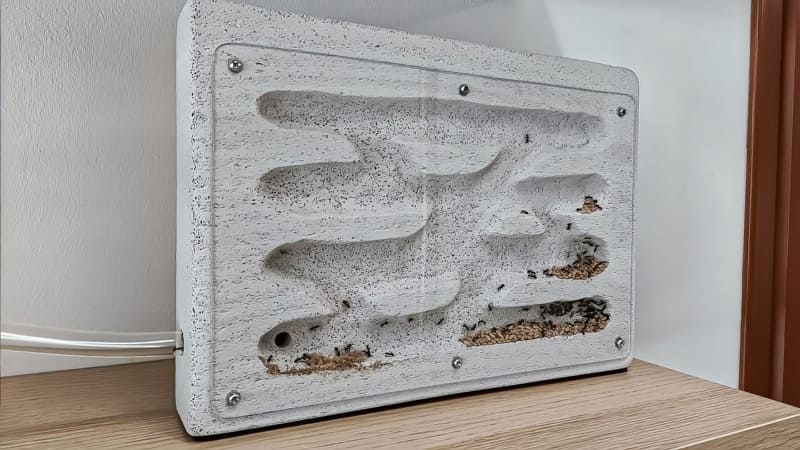
First, let’s take a closer look at Ytong nests.
Ytong is a particular type of aerated concrete, and it is usually used in construction. The lightweight material is very popular in ant keeping for its moisture-retention properties, which makes it ideal for the majority of humidity-loving ant species.
This material is highly porous, which allows the air to easily travel through the nest itself. This key aspect helps to regulate the inside temperature and humidity, and also helps to reduce the chance of mold outbreaks.
One of the biggest advantages of Ytong nests, is that they are relatively inexpensive compared to other types of ant nests. In fact, if you like D.I.Y. projects and wanna build one yourself, the cost is almost irrelevant! You can easily find a medium-sized Ytong block for less than $5! That’s a steal!
For this reason, the majority of ant keepers like to build their nests by themselves, saving lots of money in the process. Ytong is extremely easy to work with, and building a Ytong nest from scratch is not that hard.
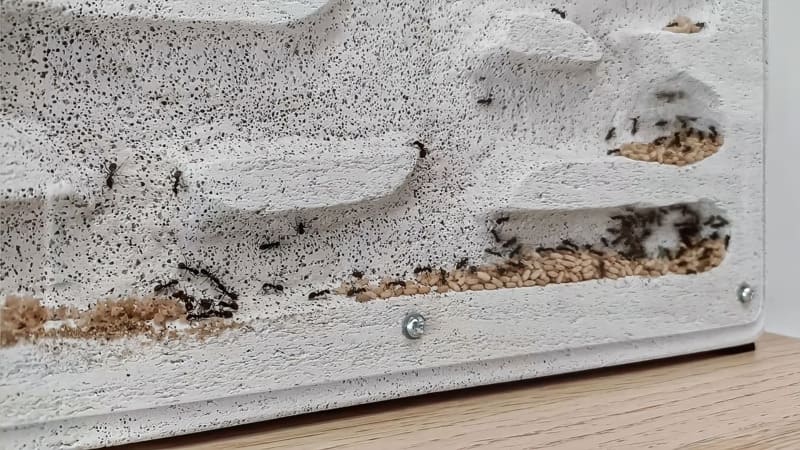

If you are interested in the idea, I would suggest you check out this tutorial! In this one, I explain in detail how to make a Ytong nest starting from a single block, using tools you already have at home!
However, there are also some drawbacks to Ytong nests. One of the biggest disadvantages of using this type of ant nest, is that they can be very fragile. Due to their build structure, and because the material is highly porous, it’s very easy to break or damage.
Another negative point of Ytong nests, is the fact that they can be easily excavated. The species of ants that can chew through this material with no problem are a lot, and if not taken into account, it can become a serious problem!
For example, the major workers of the species from the Messor genus, can use their large mandibles to break down the soft material, creating actual tunnels in the Ytong block! This can cause massive escapes, a thing that we definitely don’t want to happen!
Now let’s move to the other option!
Acrylic Nests
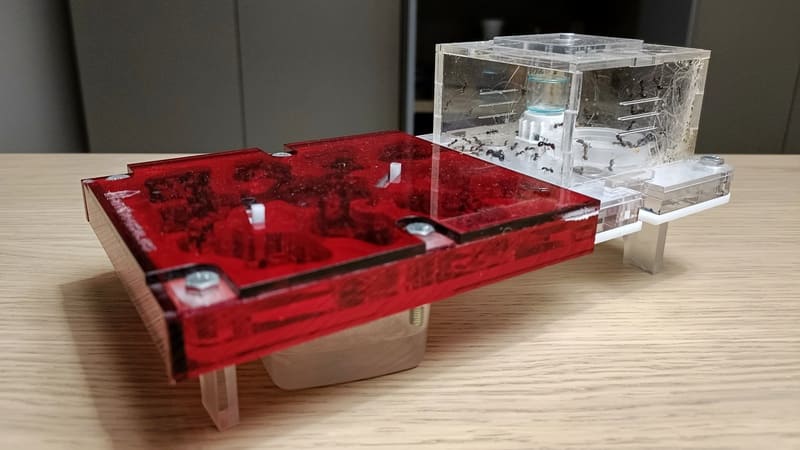

This type of nest is completely different from the previous one. These nests are usually made of a clear, transparent plastic material that allows you to easily see inside the nest, facilitating the view of your ants.
They are usually built of a series of layers, placed one above the other to create the structure of the chambers. These nests are very easy to find online, and almost every online shop dedicated to ant keeping has its own line of acrylic nests!
If you aren’t on a tight budget and don’t mind the idea of spending some money on this very cool hobby, I would suggest you check out this guide! In this article, I list the best places to find ant farms for sale online!
Acrylic is an extremely durable material, and can withstand the wear and tear of regular use with no problem. For this reason, acrylic nests usually last a lot longer if compared with the more fragile Ytong nests.
They are also less likely to break if handled roughly or dropped on the floor or desk, which would probably completely destroy a nest made of Ytong.
Acrylic nests are also a lot easier to clean and maintain, making them a good choice for beginner ant keepers. Just remove the screws, wash them with water, dry them, reassemble the various pieces, and the job is done! You have a completely new nest!
However, there are also some disadvantages to using these types of nests. Acrylic nests are made with an impermeable material, which is the exact opposite of what we have in Ytong nests. This material prevents the air from traveling in and out of the nest, creating zones with stagnant air inside the chambers.
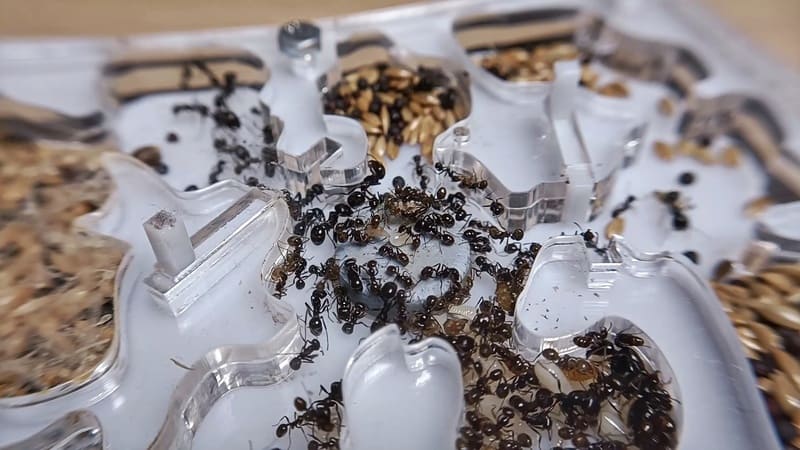

This characteristic increases by a lot the chances of mold outbreaks inside the nest, which can threaten the well-being of your little friends!
Another con of acrylic nests is their scarce humidity retention properties. These nests usually dry out extremely fast, and the humidity completely disappears not long after you hydrate them. This creates a harmful environment for your ants, and in some cases, it can cause a complete die out of your colony!
Thanks to their particular build structure, acrylic nests are practically escape-proof! For this reason, they are the perfect choice if you need to house very small species of ants, like for example Pheidole or Solenopsis.
If you like these types of transparent acrylic nests, you will definitely like this ant keeping product! This is an acrylic ant nest made by Anthouse, a very popular ant keeping company based in Span!
So, What’s The Best Option?
They are both extremely valid options when it comes to housing your colonies! Like everything in our world, they have their own unique advantages and disadvantages, and the final decision needs to take into account all of them.
Ultimately, the best nest for your specific case will depend on your situation, your needs, and the species of ant that you wanna house.
I hope you liked this quick guide, and I really hope it helped you to better understand the differences between these two very different types of ant nests!


If you are new to this fantastic hobby called ant keeping, you should definitely check out this tutorial! In this one, I explain in detail how to start this hobby with as little as $1! That’s a steal!
Real-world impact!
Thanks to the BRUMA Ants Plus subscribers and our partner Ecologi we are planting lots of trees all around the world! Click on the Ecologi logo to see the real-world impact of this amazing community!
Join our Discord!


